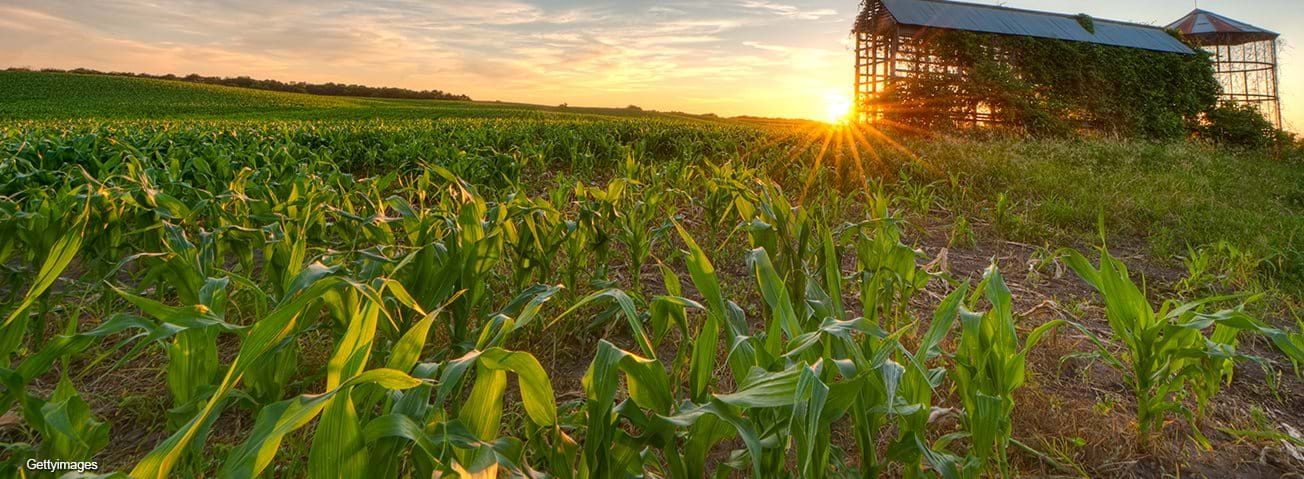Lower Conventional Corn Prices and Strong Demand for Organic Livestock Feed Spurred Increased U.S. Organic Corn Production in 2016

The small, longstanding market for organically grown food continues to expand. In 2016, the Nutrition Business Journal estimated U.S. organic food purchases at over $40 billion (about 5 percent of total U.S. at-home food expenditures). Annual sales have shown double-digit growth during most years since 2000, when USDA set national organic standards.
Converting from conventional to organic production systems requires the use of approved materials and practices in every phase of crop production. For example, most of the synthetic pesticides and fertilizers used for pest and nutrient management in conventional crop production are prohibited in organic production. In addition, farmers cannot be certified organic and receive organic price premiums for their crops and livestock until 3 years after they have adopted organic practices. These organic requirements may decrease crop yields, increase labor requirements, and slow the adoption of certified organic farming systems in some commodity sectors.
Organic price premiums help offset the cost of organic production. For example, organic corn prices are generally two to three times higher than conventional corn prices. As a result, organic corn operations are often more profitable than conventional operations once the 3-year transition period is past.
Corn and soybeans are the two most widely grown crops in the United States and are commonly used as animal feed in the livestock sector. In 2016, U.S. farmers planted 94.1 million acres of corn and 83.7 million acres of soybeans, over 90 percent with genetically engineered (GE) seed varieties. Out of the total U.S. corn and soybean acres planted that year, only about 0.3 percent (533,000 acres, about two-thirds the size of Rhode Island) were certified organic. Adoption of organic systems has been significantly higher in the specialty crop, dairy, and poultry sectors, where the farm share of the U.S. food dollar is higher than in corn, soybean, and other commodity crop sectors: 6 percent of vegetable acres, 3 percent of dairy cows, and 5 percent of layer hens were organically produced in 2016.
Lower prices for conventionally produced corn—and strong U.S. demand for organic livestock feed—spurred increased U.S. organic corn production starting in 2016. Total U.S. corn acres increased 2 percent between 2011 and 2016, while U.S. certified organic corn acres were up 55 percent during this period and increased 29 percent between 2015 and 2016. However, U.S. organic corn acres are growing from a small base. In addition, demand for organic corn has outpaced its domestic supply for the last decade, and U.S. organic imports have increased as the U.S. organic dairy and poultry sectors expanded. The United States produced organic corn worth $170 million in 2016 and imported organic corn worth $160 million.
Economic Issues in the Coexistence of Organic, Genetically Engineered (GE), and Non-GE Crops, by Catherine Greene, Seth J. Wechsler, Aaron Adalja, and James Hanson, USDA, Economic Research Service, February 2016


